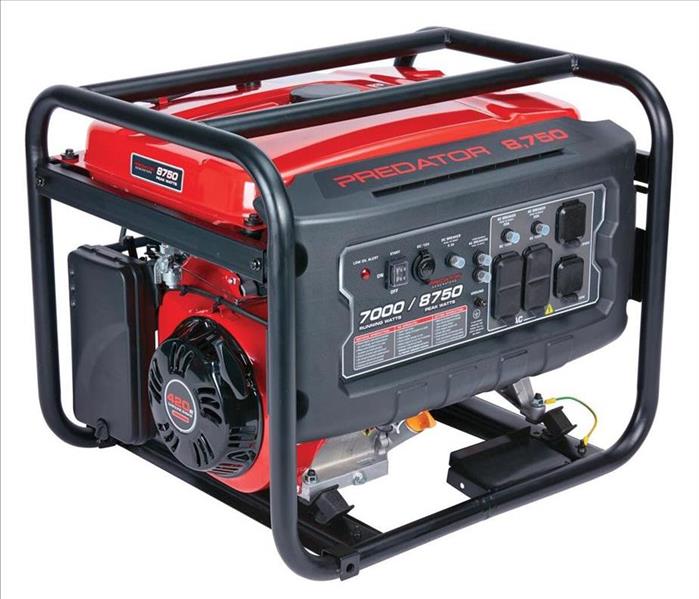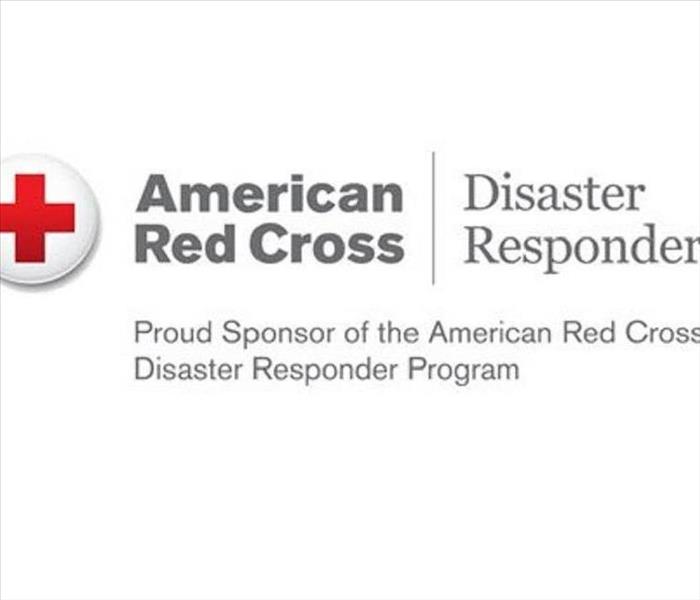Generator Safety
2/8/2019 (Permalink)
 Use a generator safely
Use a generator safely
It is true that you do not realize how much we rely on electricity until we experience a power outage. Losing power easily disrupts some of the convenience in our lives, often resulting in many homeowners purchasing generators. This piece of equipment can help get you through until power is restored. Although they can be very useful, generators can also raise a variety of dangers. If you have a generator for your home or business, here are some safety tips from the American Red Cross:
-Keep the generator dry. Do not use it in rainy or wet conditions
-Be aware of the amount of power your generator can produce to reduce the chance of overload
-Do not use the generator in any partially enclosed area
-Keep the generator away from doors, windows, and vents that could allow carbon monoxide to come indoors
Read more generator safety tips: Safe Generator Use
Extreme HEAT
7/6/2018 (Permalink)
With summer in full swing and temperatures reaching well above 90, please consider safety precautions for extreme heat. It's not doubt that heat effects everyone differently especially those that are young, elderly, overweight or sick. And that goes for pets as well. In large populated areas residents have a greater risk because of how hot pavements and roofs get. Sometimes the heat on a surface can be 50-90 degrees hotter than the air.
No matter where you live, you should always prepare for and prevent extreme heat exposure. Stay hydrated and limit alcohol and caffeine intake. Stay indoors in the air conditioning if possible. If you have to go outside, wear clothes that are loose fitting and light colored. Always apply sunscreen often.
There are several signs of heat exhaustion:
- heavy sweating
- weakness
- cold
- pale
- clammy skin
- nausea
- vomiting
- fainting
Heat exhaustion can lead to heat stroke and is life threatening.
Signs of heat stroke are:
- high body temperature (103 degrees plus)
- rapid and strong pulse
- unconsciousness
Call 911 if you suspect someone is having heat stroke. Use cool wet clothes or a bath to help bring the temperature down. Do not give fluids. This is a serious medical emergency, treat as such.
When the humidity is high, it can feel like the temperature is 15 degrees hotter. Extreme heat is very dangerous. For more information on prevention and preparedness, visit ready.gov or cdc.gov
March is RED CROSS MONTH
3/3/2017 (Permalink)
March is RED CROSS MONTH
Founded in 1881, the American Red Cross is a charitable organization that relies on donations and volunteers to carry out their mission. Whether it is disaster relief, blood donations, military family support, or training and certification in CPR, lifeguarding, first aid and more, the Red Cross is committed to helping those who need it most. The American Red Cross is part of the Global Red Cross Network, the world’s largest volunteer network found in 187 countries, according to redcross.org.
Every year, March is declared Red Cross Month by the President of the United States. The American Red Cross celebrates by honoring the “everyday heroes” who support and carry out the mission of the Red Cross by donating, giving blood, taking a
class or volunteering.
SERVPRO® began a partnership with the American Red Cross in 2013, and became an official Disaster Responder partner in 2016. The Disaster Responder program provides families and individuals immediate support, comfort and assistance when a disaster, such as a house fire,
happens to them. Disaster Responders also help communities prepare for disasters ahead of time by participating in preparedness activities such as the Smoke Alarm Installation Campaign.
To learn more about the American
Red Cross, or about how you can get
involved, visit redcross.org.
BY THE NUMBERS:
Around 3.1 million people donate blood through the American Red Cross.
The American Red Cross collects and processes about 40% of the nation’s blood supply to approximately 2,600 hospitals and transfusion
centers nationwide.
Volunteers constitute about 90% of the American Red Cross workforce, making it possible to respond to nearly 70,000 disasters every year, most of them home and apartment fires.
Source: The American Red Cross





 24/7 Emergency Service
24/7 Emergency Service

